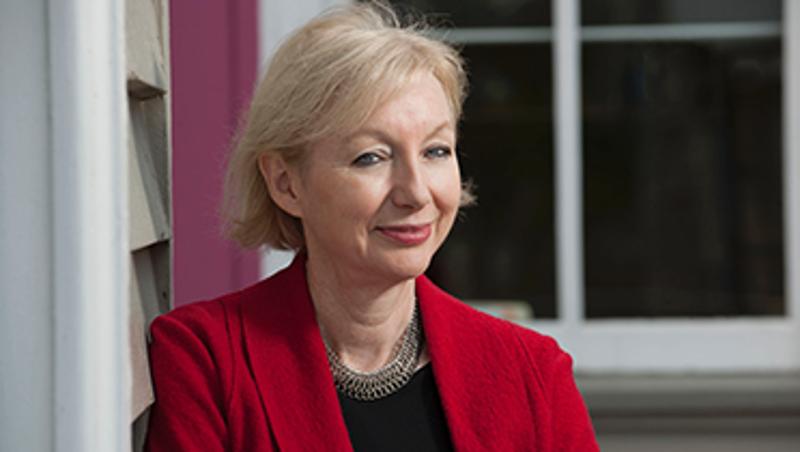
Many media workers worldwide are killed each year in wars, political unrest and acts of terrorism.
Now QUT is proposing a permanent memorial to remember them at its Kelvin Grove campus, the site of its renowned professional preparation program for journalists and other media workers.
Professor Mandy Thomas, Executive Dean of QUT's Faculty of Creative Industries, said today the memorial would be built in Parer Place, an open lawn named after the Australian cameraman Damien Parer, killed in the Pacific Islands campaign during World War II, which forms part of the QUT Creative Industries Precinct at Kelvin Grove.
"We have used the site for Remembrance Day observances twice since 2011, receiving good support from the media and university communities, and also ex-service personnel who had links with the Kelvin Grove campus, when it was an important military base", Professor Thomas said.
"In fact several former Army buildings from its days as Gona Barracks have been restored and incorporated into the university complex adjoining Parer Place, as a heritage project.
"This year we received in-principle approval to construct the memorial, from Brisbane City Council, which owns the land, so we are now working on Council certification processes."
Professor Thomas said the memorial would be a granite mounting for a commemorative plaque, already provided to QUT by the Queensland ANZAC Day Commemoration Committee, featuring the design of a "Media" helmet worn by correspondents in war zones.
"The ANZAC Day committee, which is responsible for such events, has assisted us with other arrangements, including the attendance of a ceremonial Army catafalque party on the day," she said.
"It has become most appropriate to think of our media people who go into dangerous situations, which is something we have to take account of in our teaching.
"The International Federation of Journalists has been keeping records on journalists and media staff killed on the job since 1990, and their lists keep getting longer, with more than 1500 killed in targeted or cross-fire incidents, including shootings and bomb attacks, over that time.
"Among the losses, it is now 40 years since Brisbane-born television journalist Greg Shackleton was killed in Balibo, East Timor, along with four of his colleagues."
Additional information from the International Federation of Journalists:
The most dangerous countries for journalists in recent years have been Egypt, Iraq, Syria, India, Somalia, The Philippines, Pakistan, Afghanistan, Palestine and the Ukraine. As well as death, journalists, photographers and others trying to report on events risk imprisonment and torture.
In 2014 there were 118 media workers killed and so far for 2015 there have been 88.
The start of commemorations at QUT foreshadowed the unveiling of the media memorial at the National War Memorial in Canberra, in September.
Peter Greste, the correspondent, and QUT journalism graduate who spent 400 days in a Cairo jail before being released in February this year, took part in that event. Peter has advised that if he is home at the time he will attend the dedication of the permanent memorial at Parer Place - expected for Remembrance Day 2016.
Further information:
Lee Duffield, Senior Lecturer in Journalism, 07 3138 8164, l.duffield@qut.edu.au
QUT Media contact:
Amanda Weaver, QUT Media, 07 3138 9449, amanda.weaver@qut.edu.au
After hours: Rose Trapnell, 0407 585 901, media@qut.edu.au


